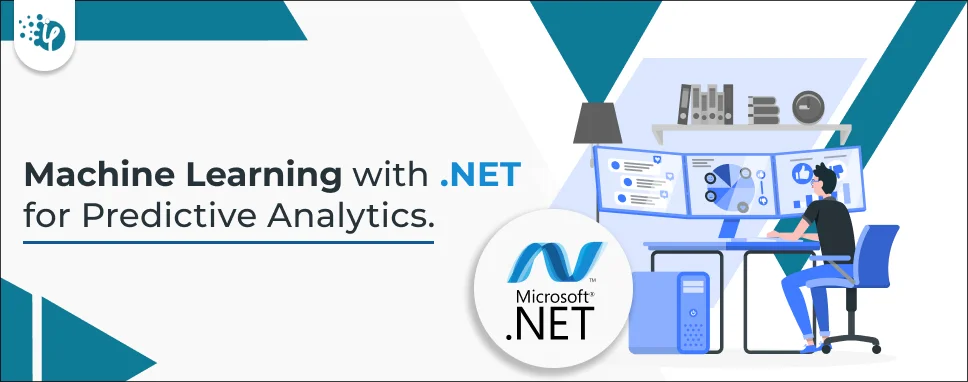Machine learning isn’t just for Python anymore. With ML.NET, Microsoft brings powerful ML capabilities directly into the .NET ecosystem, allowing developers to train, evaluate, and deploy models using C#—no need to leave your comfort zone.
Whether you're building intelligent HR systems, predictive medical tools, or automating business workflows, ML.NET lets you integrate AI seamlessly into your existing .NET applications.

🧠 What Is ML.NET?
ML.NET is an open-source, cross-platform machine learning framework built for .NET developers. It supports:
- Classification (e.g., spam detection)
- Regression (e.g., price prediction)
- Clustering (e.g., customer segmentation)
- Recommendation (e.g., product suggestions)
- Anomaly detection
- Time series forecasting
And yes—it works with .NET 8, so you can integrate it into Razor Pages, Web APIs, or even MCP servers.
🧰 Prerequisites
- .NET 8 SDK
- Visual Studio or VS Code
- NuGet access
🏗️ Step-by-Step: Your First ML.NET App
Let’s build a simple house price predictor using regression.
1. Create a Console App
dotnet new console -n MLNetDemo
cd MLNetDemo
2. Add ML.NET NuGet Package
dotnet add package Microsoft.ML
3. Define Your Data Model
Create HousingData.cs:
public class HousingData
{
public float Size { get; set; }
public float Price { get; set; }
}
public class HousingPrediction
{
[ColumnName("Score")]
public float Price { get; set; }
}
4. Load and Train the Model
In Program.cs:
using Microsoft.ML;
using Microsoft.ML.Data;
using MLNetDemo;
var context = new MLContext();
var data = new[]
{
new HousingData { Size = 1.1F, Price = 1.2F },
new HousingData { Size = 1.9F, Price = 2.3F },
new HousingData { Size = 2.8F, Price = 3.0F },
new HousingData { Size = 3.4F, Price = 3.7F }
};
var trainingData = context.Data.LoadFromEnumerable(data);
var pipeline = context.Transforms.Concatenate("Features", "Size")
.Append(context.Regression.Trainers.Sdca());
var model = pipeline.Fit(trainingData);
5. Make a Prediction
var predictionEngine = context.Model.CreatePredictionEngine<HousingData, HousingPrediction>(model);
var sample = new HousingData { Size = 2.5F };
var prediction = predictionEngine.Predict(sample);
Console.WriteLine($"Predicted price for size {sample.Size} is {prediction.Price:C}");
🔍 What’s Happening Behind the Scenes?
- MLContext: The starting point for all ML.NET operations
- DataView: ML.NET’s internal data format
- Pipeline: Defines transformations and training algorithms
- Model: Trained output ready for predictions
🧪 Next Steps
- Load data from CSV or SQL Server
- Use AutoML with Model Builder
- Export models to ONNX for cross-platform deployment
- Integrate into Razor Pages or Web APIs
🧠 Why ML.NET?
- No Python required: Stay in C#
- Production-ready: Works with ASP.NET, Azure, and Docker
- Customizable: Use your own data, algorithms, and pipelines
- Extensible: Integrate with TensorFlow, ONNX, or even Copilot MCP servers

ML.NET is your gateway to intelligent .NET applications. Whether you're predicting HR attrition, analyzing medical trends, or building smart dashboards, ML.NET lets you do it all—without leaving C#.
Comments (0)